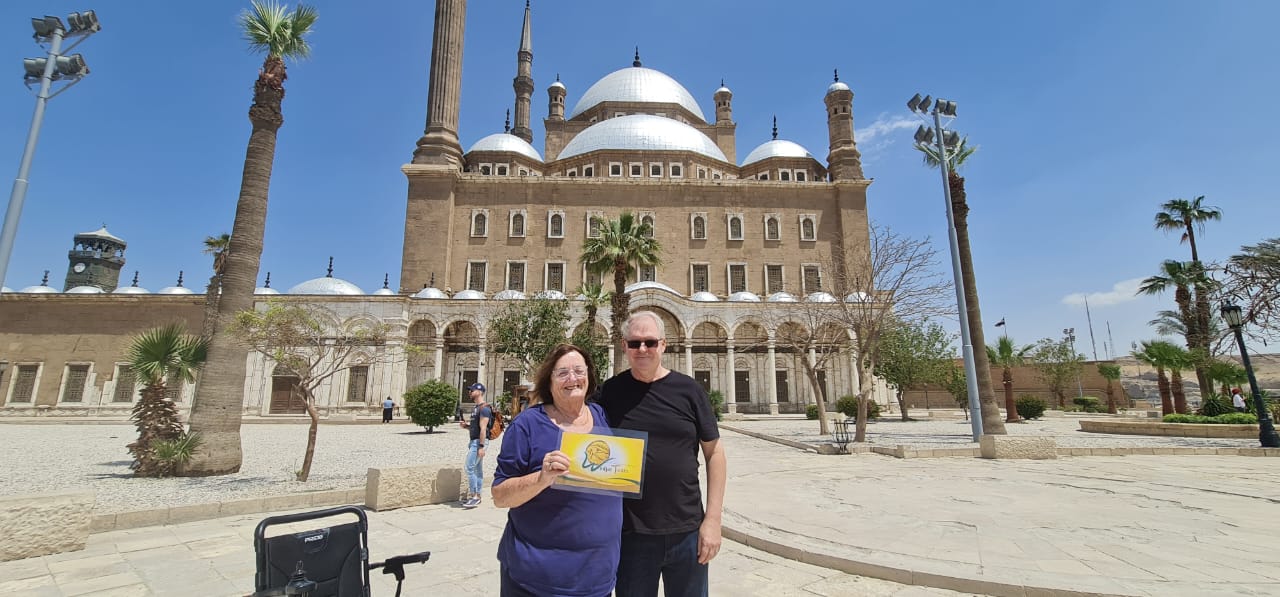Who was Salah El Din ?
Salah El Din (known as Saladin to European historians) overthrew the Fatimid dynasty in 1171 AD, establishing the new Sunni Ayyubid Caliphate. Given the threat of invasion by European crusader armies, Saladin decided to improve the fortifications of the city and in 1176 AD he began construction of a wall that would encircle both Al-Qahira (today Islamic) and Fustat (Old Cairo).
Salah El Din was born in 1137 AD in Tikrit, Iraq, he studied the Quran, theology, astronomy, mathematics, and law. As a member of the military at that time, he was trained by his uncle Asad-al-Din Shirkoh, who was a commander of the Zengid Dynasty.
Salah El Din was capable of taking on leading responsibilities during military campaigns, and that’s because of his extraordinary performance during battles. His great capabilities and cleverly executed tactics also allowed him to move on from being a soldier to be the King of both Egypt and Syria. His power enabled him to overthrow the Fatimids and maintain authority in Egypt.
The Citadel became the centerpiece of these great fortifications, protecting the city from the heights of the rocky hills that overlooked it. Completed in 1183 AD, Saladin’s Citadel served as the seat of government in Egypt for 700 years until Khedive Ismail moved into Abdeen Palace in newly constructed Downtown Cairo in the 1870s.
The Citadel looks very different today than it did in its original capacity as a fortress the Crusader armies. It has been expanded and remodeled by many different rulers. In the 14th century, Sultan Al-Nasir Muhammed built a mosque there that still bears his name and the Southern Enclosure of the fort next to Saladin’s original walls. The most noticeable changes came in the 19th century.
The Citadel of Sultan Salah al-Din al-Ayyubi (Saladin) is one of the most iconic monuments in Islamic Cairo, and among the most impressive defensive fortresses dating to the Middle Ages. Its strategic location on the Muqattam Hills gave it a formidable defensive position, and offered, as it still does today, an unrestricted panoramic view of Cairo.
Sultan Salah al-Din al-Ayyubi was the first to order the construction of a fortress over the Muqattam Hills in (572 AH/ 1176 AD), but it was not completed during his lifetime. This was achieved during the reign of Sultan al-Kamel ibn al-Adel (604 AH/1207 AD) who decided to reside in it, making it the official residence of the rulers of Egypt. In the mid-nineteenth century, Khedive Ismail moved the official residence to Abdeen Palace in downtown Cairo.
The Citadel witnessed some of the most significant events in Egyptian history from the time it was built to the end of the Muhammad Ali Dynasty, which was in power from the early nineteenth century until the 1952 revolution, when the modern Egyptian republic was born. Many monuments were added to the Citadel over the centuries, providing visitors today with an array of places to visit, such as the Mosque of Muhammad Ali Pasha, which dominates the Citadel. Other places to visit include the mosque of the Mamluk sultan al-Nasir Muhammad ibn Qalawun, the Ottoman-era Sulayman Pasha al-Khadim Mosque, as well as a number of museums such as the Police Museum, Al-Jawhara Palace Museum, and the Military Museum.





 And then Add to Home Screen.
And then Add to Home Screen.